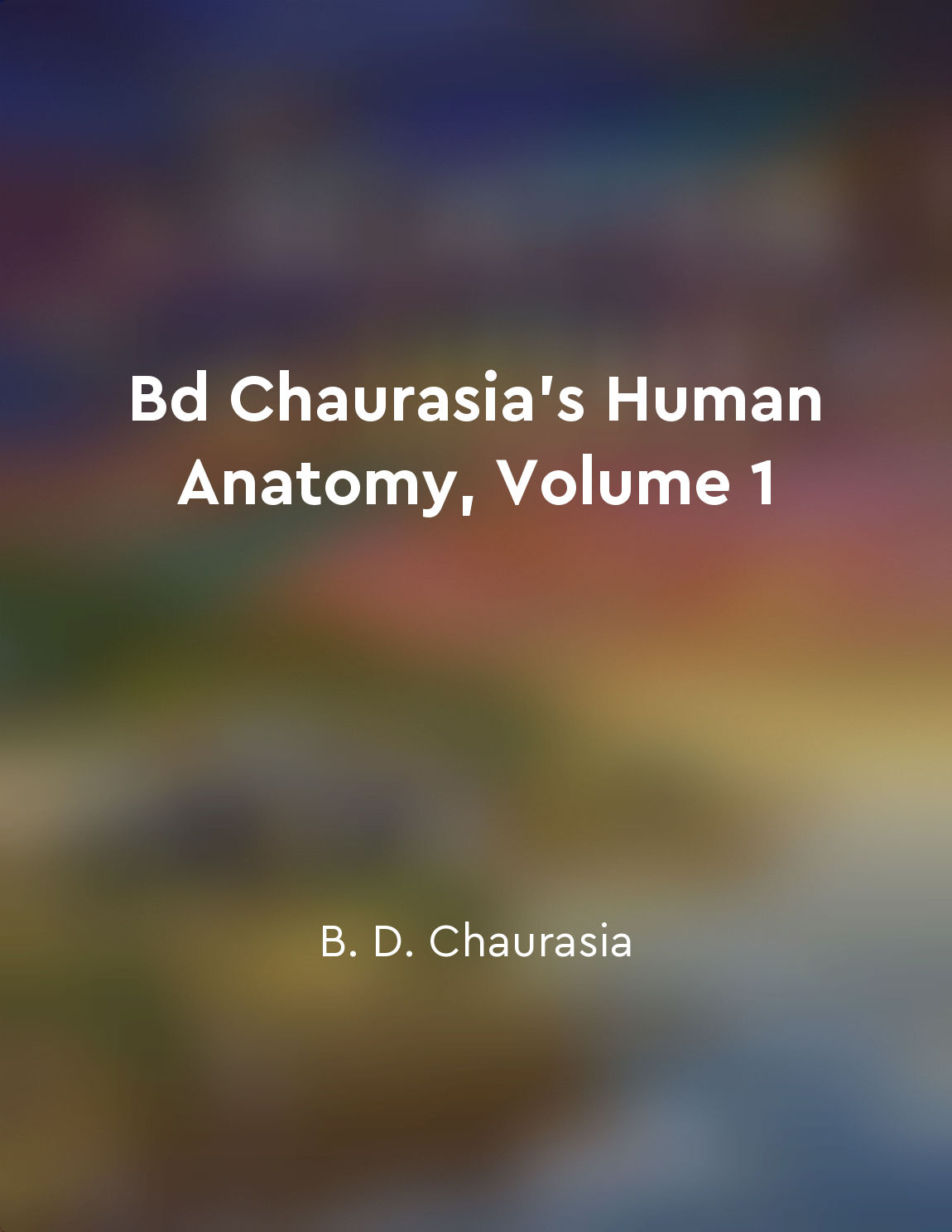Muscles of thorax from "summary" of Bd Chaurasia's Human Anatomy, Volume 1 by B. D. Chaurasia
The muscles of the thorax are classified into two groups: muscles of the thoracic wall and muscles of the respiratory diaphragm. The muscles of the thoracic wall comprise the external intercostal muscles, internal intercostal muscles, innermost intercostal muscles, subcostal muscles, and transversus thoracis muscles. These muscles are located in the intercostal spaces between adjacent ribs and play a crucial role in respiration by elevating and depressing the ribs during inspiration and expiration. The external intercostal muscles are the most superficial muscles of the thoracic wall and are oriented in a caudal and lateral direction. These muscles are more prominent in the anterior part of the thorax and are involved in elevating the ribs during forced inspiration. The internal intercostal muscles lie deep to the external intercostal muscles and are oriented in a cranial and lateral direction. These muscles assist in depressing the ribs during forced expiration. The innermost intercostal muscles are located deep to the internal intercostal muscles and have a similar orientation. These muscles are involved in the depressor action of the ribs during expiration. The subcostal muscles are situated on the inner surface of the lower ribs and assist in depressing the ribs during forced expiration. The transversus thoracis muscles are located on the inner surface of the anterior thoracic wall and play a role in depressing the ribs during expiration. The respiratory diaphragm is the primary muscle of respiration and separates the thoracic and abdominal cavities. It consists of a central tendon and peripheral muscular parts. The central tendon is a thin, aponeurotic sheet that lacks muscle fibers and is attached to the muscular parts. The muscular parts of the diaphragm include the sternal part, costal part, and lumbar part. These parts contract during inspiration to increase the volume of the thoracic cavity and facilitate the entry of air into the lungs.- The muscles of the thorax are essential for the process of respiration and play a significant role in breathing. Understanding the anatomy and function of these muscles is crucial for comprehending the mechanics of breathing and the maintenance of respiratory function.
Similar Posts

Practice selfcare regularly
It's important to take care of yourself regularly. Self-care is not just a one-time thing, it's a practice that you need to inc...
Don't skip warmup exercises
Warming up before you start your workout is crucial. It's not just a formality or a recommendation; it's a necessity. Skipping ...
Be prepared for any situation
Being prepared for any situation is the key to effective self-defense. This means anticipating potential threats and having a p...
Cultivating relaxation skills can lead to a greater sense of control
In today's fast-paced world, it is easy to feel overwhelmed and out of control. Whether it's work responsibilities, family obli...

Adapt your training as your fitness level improves
As you progress in your fitness journey, you will inevitably reach a point where your current training regimen no longer provid...
The bystander effect influences helping behavior
The bystander effect is a phenomenon where individuals are less likely to offer help to a person in need when there are other p...
Set boundaries to protect your energy
Protecting your energy is crucial in maintaining your overall well-being and preventing burnout. One effective way to safeguard...

Engaging in hobbies can provide a healthy distraction from anxiety
When anxiety starts to take over your thoughts and feelings, finding a way to shift your focus can be incredibly helpful. Engag...

Joints of thorax
The thorax is the part of the trunk between the neck and the abdomen. It is bounded by the sternum in front, the vertebral colu...

